How to calculate carpet - examples of calculating carpet with and without a pattern
The decision to equip the apartment with a beautiful carpet with a comfortable structure poses to the owner an inevitable urgent question: how much coverage will be needed for a perfect finish? Surely no one would like to pay the surplus. Undoubtedly, the reluctance to buy material and cover the missing gaps with “patches”. This means that not only the floor plane needs to be prepared for laying the coating. You need to ask how to calculate the carpet, make measurements and make some semblance of a simple project.
Let's look at the process really: you will have to buy a carpet more than the room area calculated by multiplying suggests. Even if a solid wide canvas is suitable for arranging a small room, you will need to add to the area the standard 5 cm indentation around the perimeter. This is a mandatory technology requirement. The indentations are subsequently cut off, but they are required so that a continuous or connected from stripes canvas thoroughly repeats all the nuances of far from ideal domestic premises.
How much "extra" carpet will you have to buy?
BTI information should be treated with a traditional stretch, they do not indicate the curvature of the walls and the possible slope of the floor plane, and these seemingly little things will necessarily "eat" part of the coating.
The amount of waste is mainly affected by two factors:
- layout of the equipped room;
- size of the report (repeatability) of the carpet pattern.
For a room with an elementary layout without protrusions, arches, columns, other architectural delights, a minimum of 5 carpet is required, it is possible that it is 10% more than the calculated area. Moreover, this rule applies to carpeting without a pattern.
If the choice of owners has stopped on a carpet with a large pattern, you need to be prepared for the fact that you will need to purchase 25-35% of additional coverage.
What else can increase the amount of purchased material?
- The standard offset of the parts of the picture in a roll. According to the standards, the permissible deviation can reach 0.35%. That is, you need to take into account that for 10 m of coverage with a pattern, there may be 3.5 cm of a biased report. When laying several rolls of carpet, the displacement of the pattern can be 5 cm.
- Warps. If the edges of the canvases do not lie on the same level or the floor surface does not please with impeccable geometry, you need to add another 4 cm to the planned footage. Often, preference is given to carpet due to the ability to hide floor defects without resorting to fixing builders flaws by leveling. For the owners of premises with a non-conspicuous, but present slope, gentle concavity or bulge, covering the entire area, these 4 cm will definitely be needed.

S - skew relatively straight
Z - deviations in the quadrature of the canvas
Tip. Remains of cutting should not be thrown out, they are useful for sealing possible damage. From them it will be possible to make patches for intensely worn areas, burnt places of a fallen cigarette, segments with indelible spots. The patch for patches impose on the repaired area and cut simultaneously with the damaged area of the carpet. Then it is fixed in the resulting hole.
Plan is the best assistant in resolving issues
Measurements for the compilation of a hand-made mini-project should be done very carefully, after which:
- a room plan is drawn with the exact location of the entire range of architectural elements: arches, door, window openings, niches, ledges;
- strip arrangement is determined (if roll material is planned for laying);
Note. Carpet flooring looks most effective when the pile is directed from a natural light source (window) to the door. This will optically hide the seams. In large and passage areas, carpet is most often positioned longitudinally. All strips of material should have the same pattern and pile direction.
- Now you need to calculate the number of stripes, at this stage you need to carefully consider all the nuances associated with an increase in the consumption of material: indentation, curvature of the floor and walls, the size of the repeating pattern.
It is undesirable that seams are laid in front of the entrance and in places with active load.
It is better to transfer them to less loaded places, but you need to try to plan the installation so that the number of butt joints is minimal.
Without fail, when arranging a room with carpet, the factory edge of the canvas is trimmed by 3-4 cm. These centimeters should be added to the number of strips stacked side by side, in addition to the 5-centimeter indentation set against the wall. Trimming the edges and thrust edges of high pile material is recommended on the back of the carpet.
Planning a layout of a carpet with a picture
The most difficult thing is to design a laying and lay a carpet with a large pattern. In the case of a large step of a repeating report, it is necessary to measure the position of the sectors of the figure with the entrance, with the walls and with architectural elements.
The adjacent strips of the carpet should be aligned at the junction so that repetitive ornamental motifs are not disturbed. To do this, the length of each even strip increases by the size of the step of the figure. Given this factor, and have to buy material.
Before laying the carpet, it is recommended to lay out the material for the purpose of “fitting”, check the direction of the pattern and the pile, and verify the compatibility of the elements of the ornament. This will help to identify the presence of possible biases. Minor displacements are eliminated using standard tensioning tools. Flooring sections with a pattern start from the middle of the room, then stripes are successively laid, heading to the periphery.
Conclusion
Information on the rules and nuances of calculating carpet will help you not to make a mistake in the process of acquiring not too cheap material. Knowing exactly all the details, you can safely go to the sellers of carpet with the confidence that it will be purchased exactly as much as is required for the arrangement.

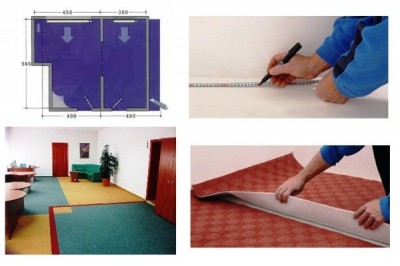

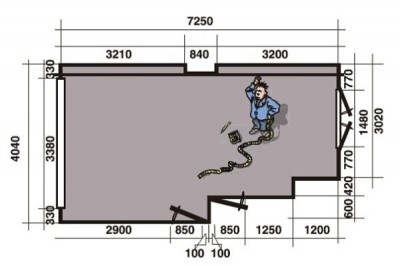
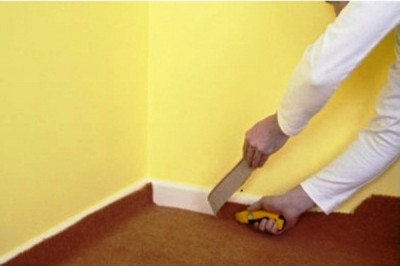

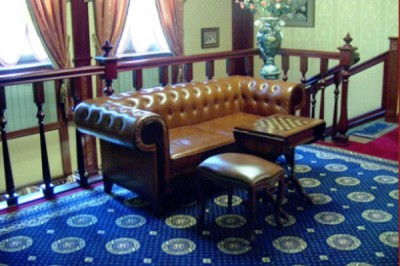
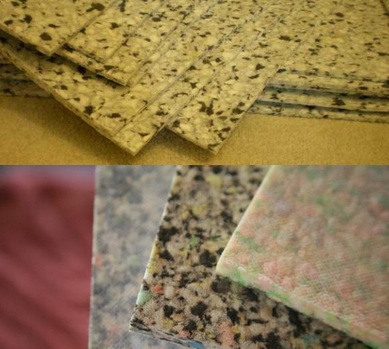
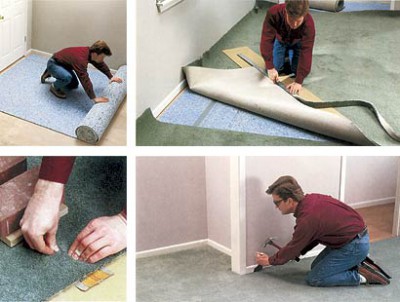
2 comments